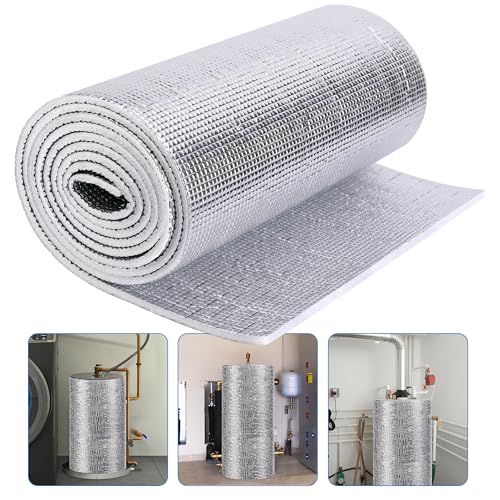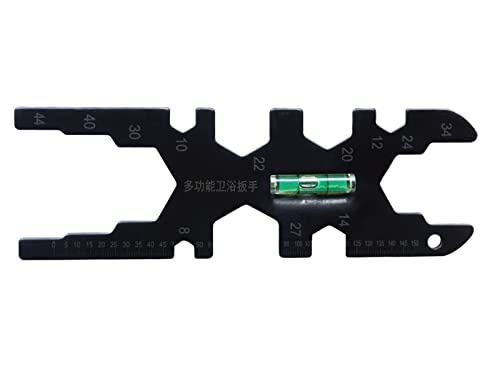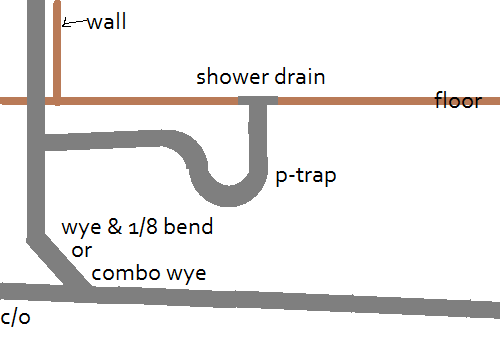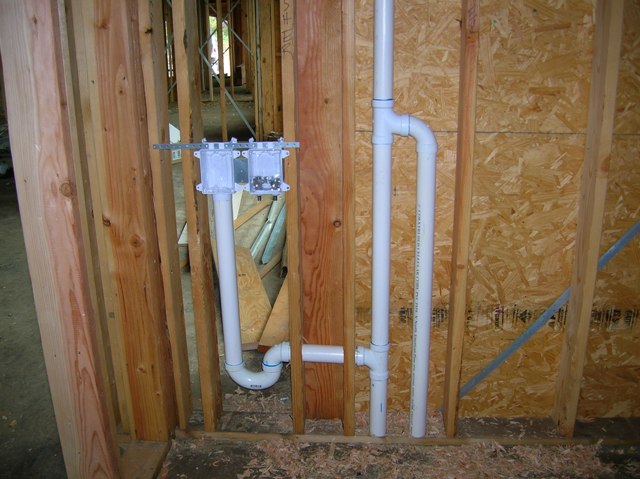If you vent outside the wall, you must route the vent pipe around the overhang so that the pipe extends above the roof level by at least 2ft I believe. Might be more if you get snow in your area.
A vent pipe isn't allowed to terminate under a soffit/overhang because it can carry harmful gases and those gases could flow into the soffit and contaminate the attic area or enter the home through the soffit. The pipe needs to terminate high enough above the roof that the gases won't likely re-enter the house. This means, it cannot terminate below or next to a window, attic vent, or HVAC vent.
The bend to go out of the wall must be at least 6-inches above the flood level of the highest fixture on the vent if you use a 45 degree or greater angle. Any horizontal runs in the vent pipe must have a 1/4-inch per foot slope upward.
If you don't go out through the roof, you could have a branch vent where the vent for your washing machine could meet up with the main vent stack in the attic or inside of a wall.
A vent pipe isn't allowed to terminate under a soffit/overhang because it can carry harmful gases and those gases could flow into the soffit and contaminate the attic area or enter the home through the soffit. The pipe needs to terminate high enough above the roof that the gases won't likely re-enter the house. This means, it cannot terminate below or next to a window, attic vent, or HVAC vent.
The bend to go out of the wall must be at least 6-inches above the flood level of the highest fixture on the vent if you use a 45 degree or greater angle. Any horizontal runs in the vent pipe must have a 1/4-inch per foot slope upward.
If you don't go out through the roof, you could have a branch vent where the vent for your washing machine could meet up with the main vent stack in the attic or inside of a wall.























































